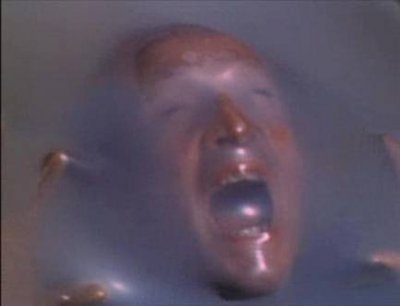HAZARD IDENTIFICATION
Emergency Overview: Carbon Dioxide gas is colorless. At low concentrations, the gas is odorless. At higher concentrations it has a sharp, acidic odor. It will act as an asphyxiant and an irritant.
Carbon Dioxide is a powerful cerebral dilator. At concentrations between 2 and 10%,
Carbon Dioxide can cause nausea, dizziness, headache, mental confusion, increased blood pressure and respiratory rate. Above 8% nausea and vomiting appear. Above 10%, suffocation and death can occur within minutes.
 |
Contact with the cold gas can cause freezing of exposed tissue. Moisture in the air can lead to formation of carbonic acid that can irritate the eyes. All forms of Carbon Dioxide are noncombustible.
Carbon Dioxide is heavier than air and should not be allowed to accumulate in low lying areas.
Route of entry: Inhalation, skin and eye contact.
Effects of acute exposure
Eye contact: Vapor may cause a stinging sensation.
Skin contact: No adverse effects from gas.
Inhalation: May cause dizziness. Asphyxiant. Ca
 |
 |
 |
The primary health dangers of carbon dioxide are:
- Asphyxiation. Caused by the release of carbon dioxide in a confined or unventilated area. This can lower the concentration of oxygen to a level that is immediately dangerous for human health.
- Frostbite. Solid carbon dioxide is always below -78 oC at regular atmospheric pressure, regardless of the air temperature. Handling this material for more than a second or two without proper protection can cause serious blisters, and other unwanted effects. Carbon dioxide gas released from a steel cylinder, such as a fire extinguisher, causes similar effects.
- Kidney damage or coma. This is caused by a disturbance in chemical equilibrium of the carbonate buffer. When carbon dioxide concentrations increase or decrease, causing the equilibrium to be disturbed, a life threatening situation may occur.

